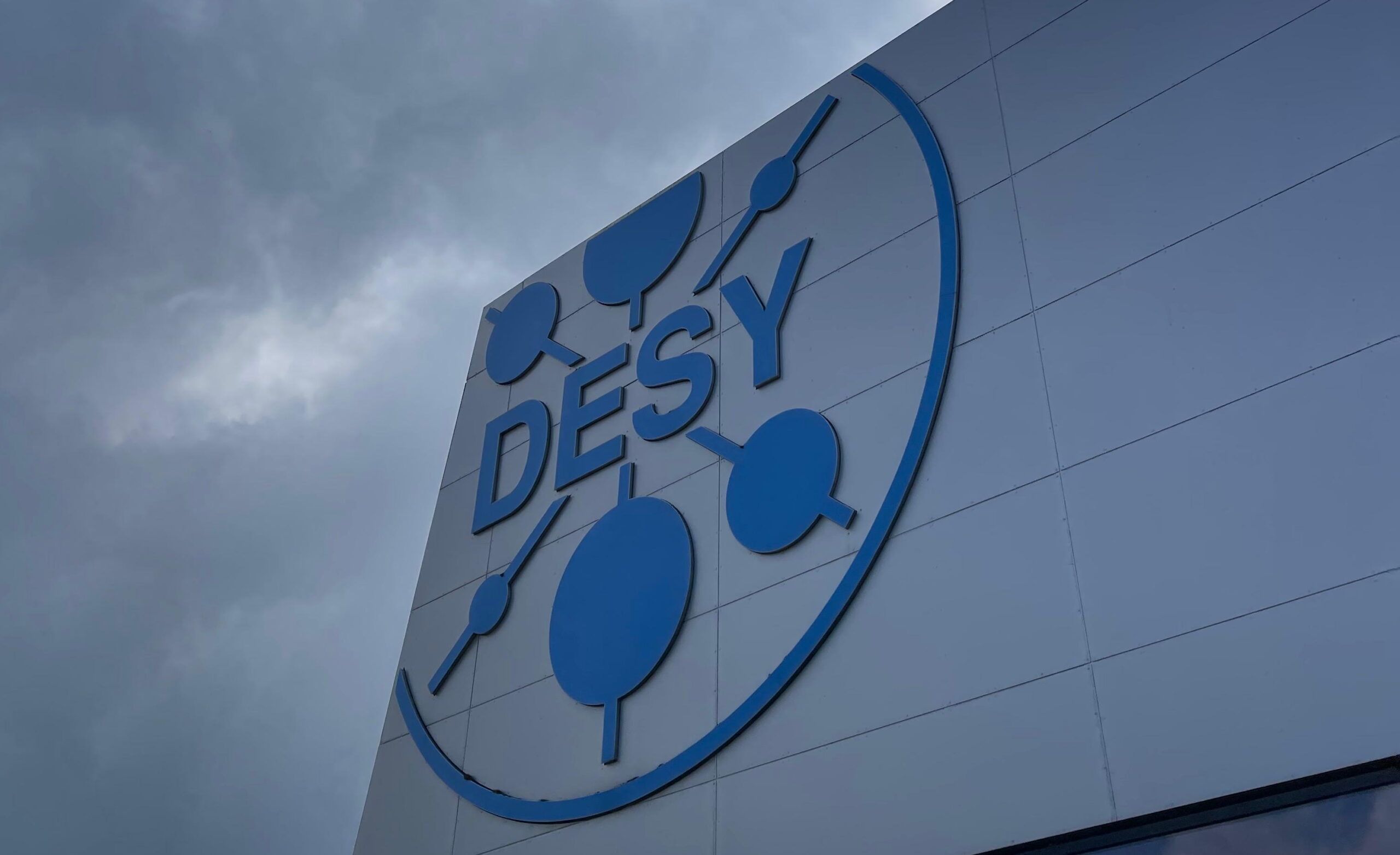
Visit to DESY
🚌 Intensive two-day visit for IMAPP students in Hamburg
IMAPP students from intake 2024/2026 – together with some colleagues from intake 2023/2025, who are currently doing their internship at TU Dortmund – left Dortmund for Hamburg to visit DESY from 17 to 18 July. The occasion was the break between the end of lectures and the beginning of examinations scheduled for 28 July, during the second semester.
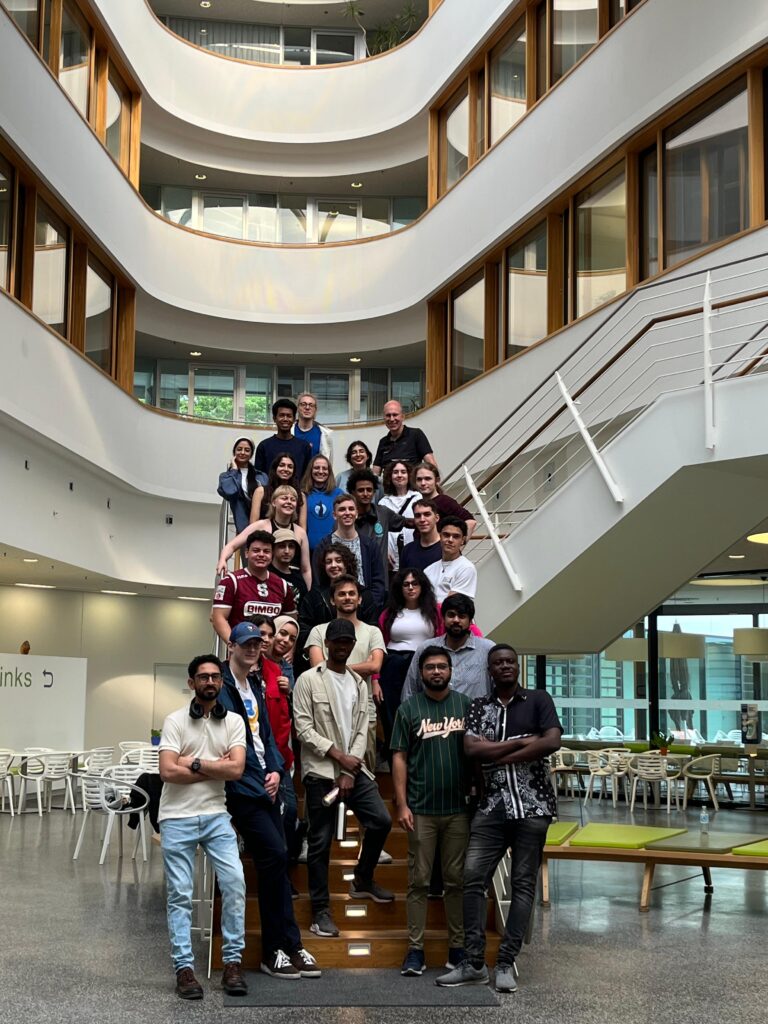
The Deutsches Elektronen-Synchrotron – simply known as DESY – is the Germany’s largest accelerator centre and it’s located in Hamburg and Zeuthen, near Berlin. It’s one of the world’s leading centres for research on and with particle accelerators and has been one of the main partners of IMAPP since the birth of the master.
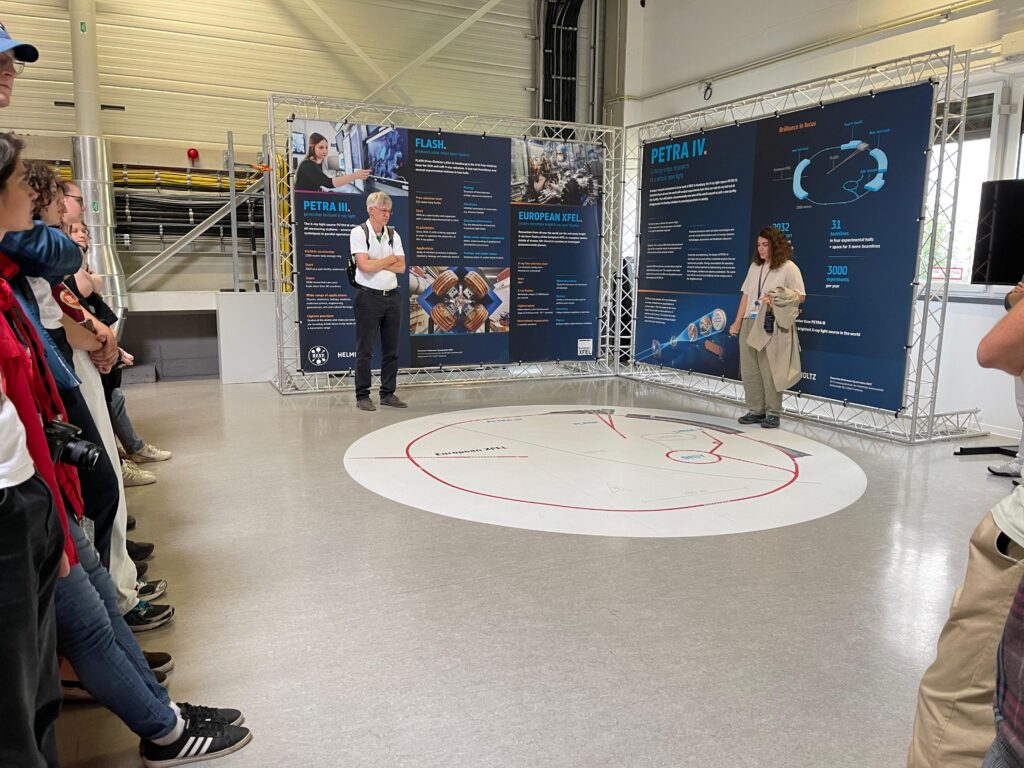
The first day of the visit focused on PETRA III, the biggest and one of the most important storage ring light source for hard and high energy X-ray photons in the world with a circumference of 2.3 km.

Accompanied by Prof. Dirk Wiedner, the visit began at experimental Hall 2 – where DESY operates a test beam facility with three test beam lines (TB21, TB22 and TB24) – and continued with DAF (Detector Assembly Facility) where DESY and its national and international partners are building and testing central and extremely complex components for the large particle detectors ALTAS and CMS at CERN in Geneva.

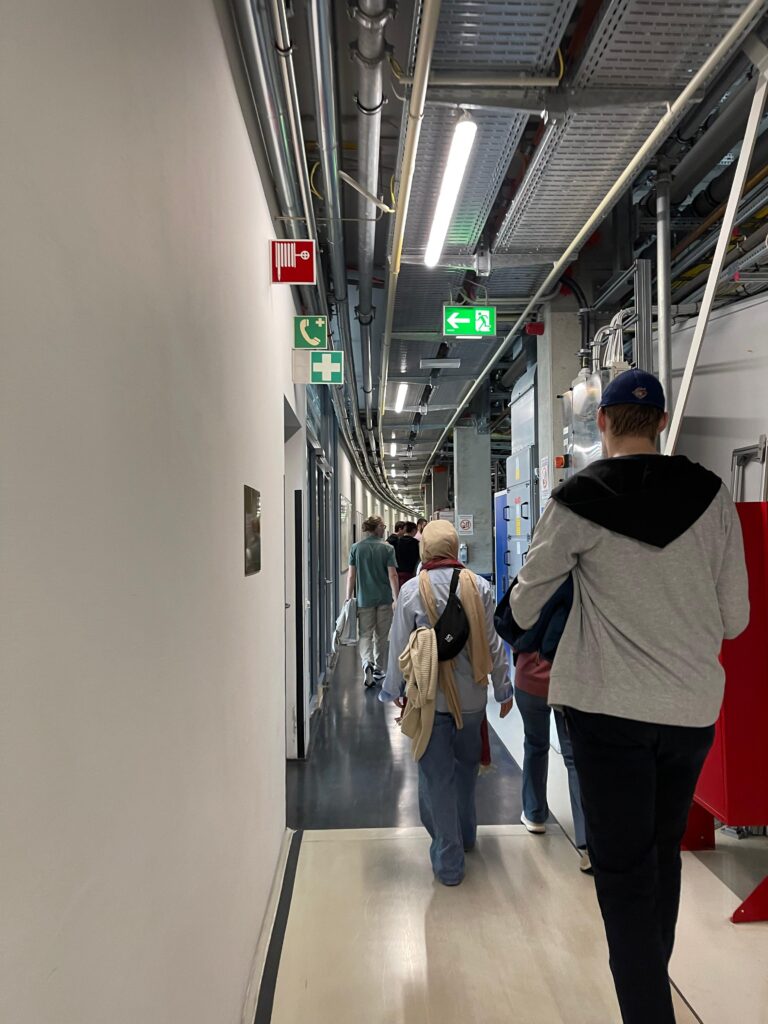
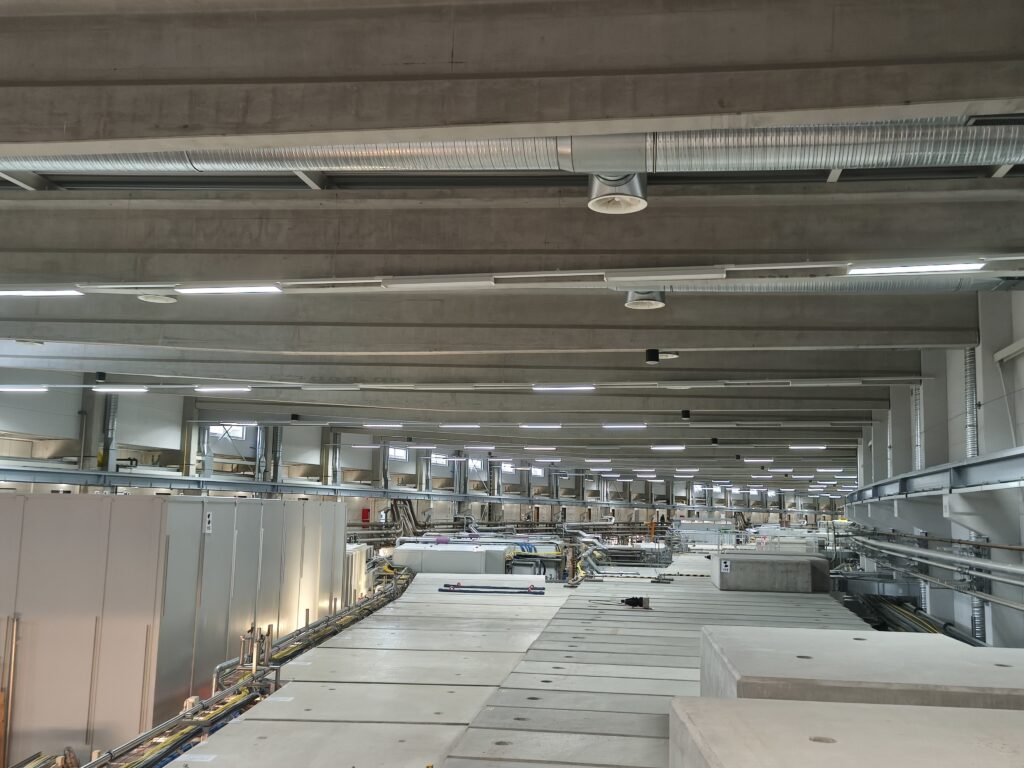
The students were then guided to discover two of the significant experiments underway: P04/Elctron spektrometer – which enables new classes of experiments with soft X-rays in the fields of gas phase physics, magnetic spectroscopy, high resolution photoelectron spectroscopy, surface chemistry, soft X-ray diffraction and holography – and P11/Protein crystallography – dedicated to diffraction experiments of biological macromolecules, designed to provide a stabile yet flexible setup ideally suited for experiments in conventional rotation crystallography as well as to be easily adaptable for alternative setups (such as serial synchrotron crystallography with solid support or tapedrive sample delivery).
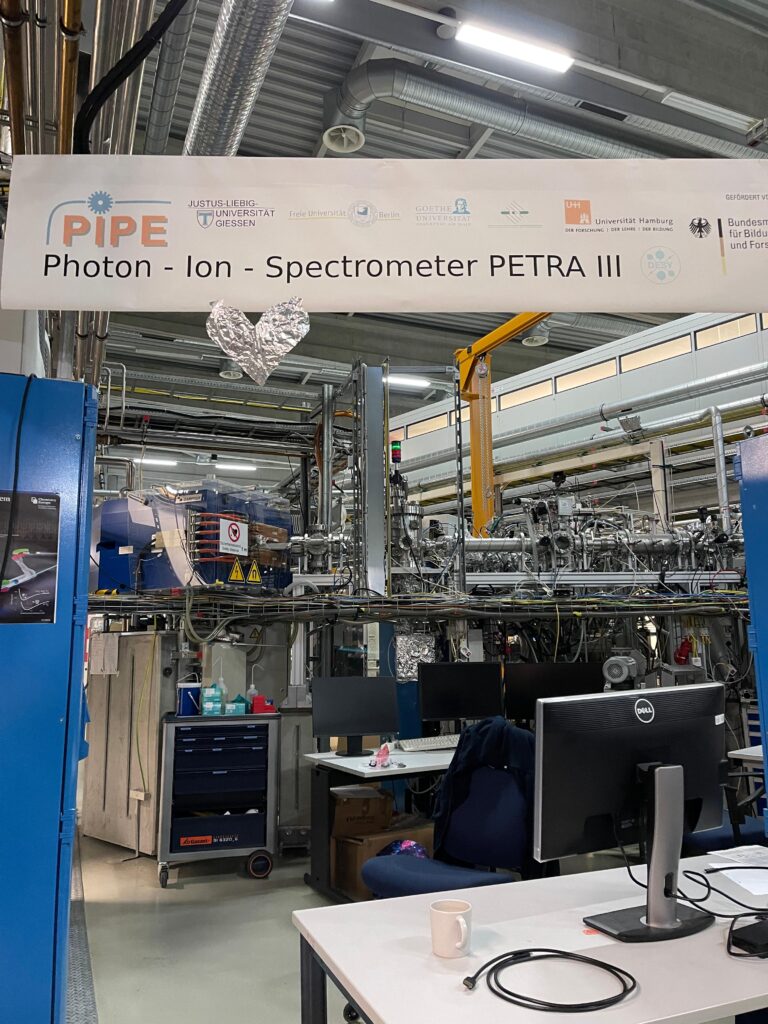
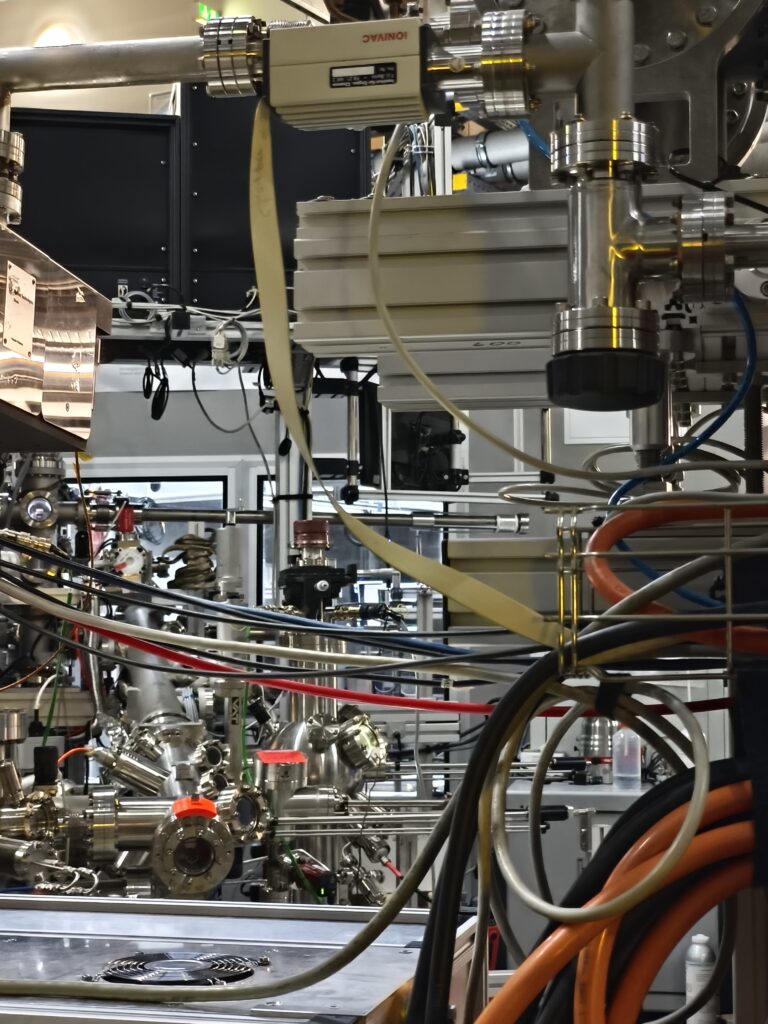
Final visit of the day to KALDERA, DESY’s new flagship laser to drive our next-generation laser-plasma accelerators. Currently under development, KALDERA will deliver ultrafast laser pulses of 100 TW peak power at up to 1 kHz repetition rate.
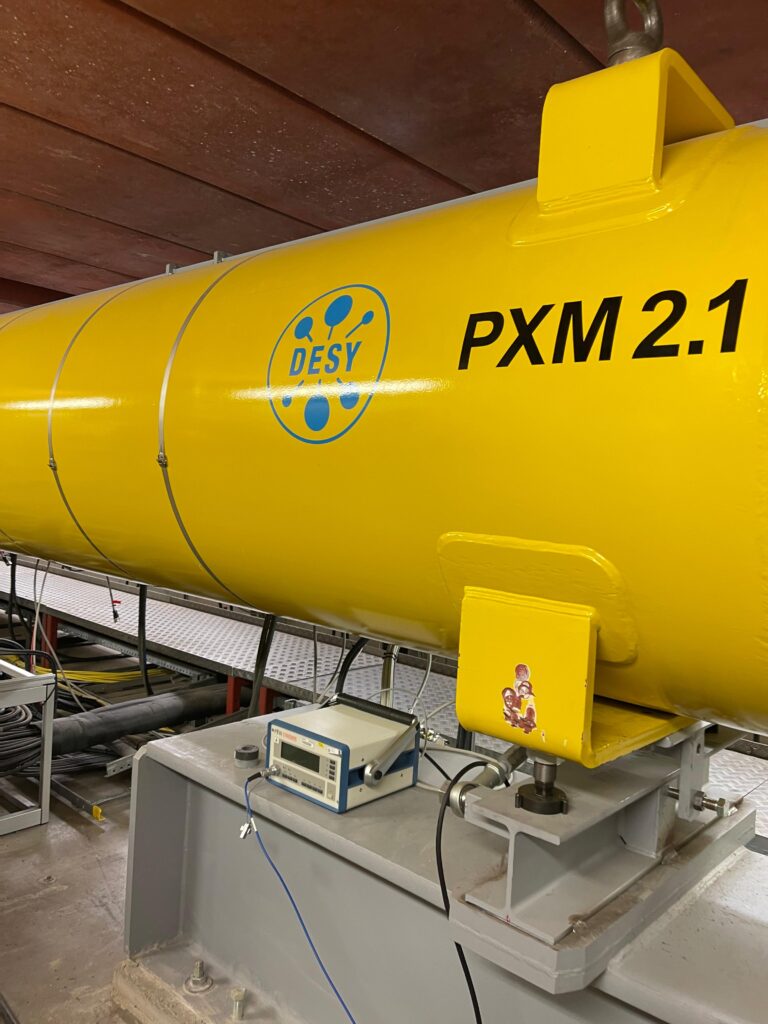
The second day began with a visit to FLASH – Free Electron LASer in Hamburg – DESY’s free-electron laser user facility providing ultra-short femtosecond laser pulses in the EUV and soft-X ray wavelength range with unprecedented brilliance. It started in 2005 to generate extremely intense and ultrashort pulsed laser flashes for user experiments and together with PETRA III and welcomes experiments in the fields health, energy, materials, earth and environmental science, as well as for information technology.

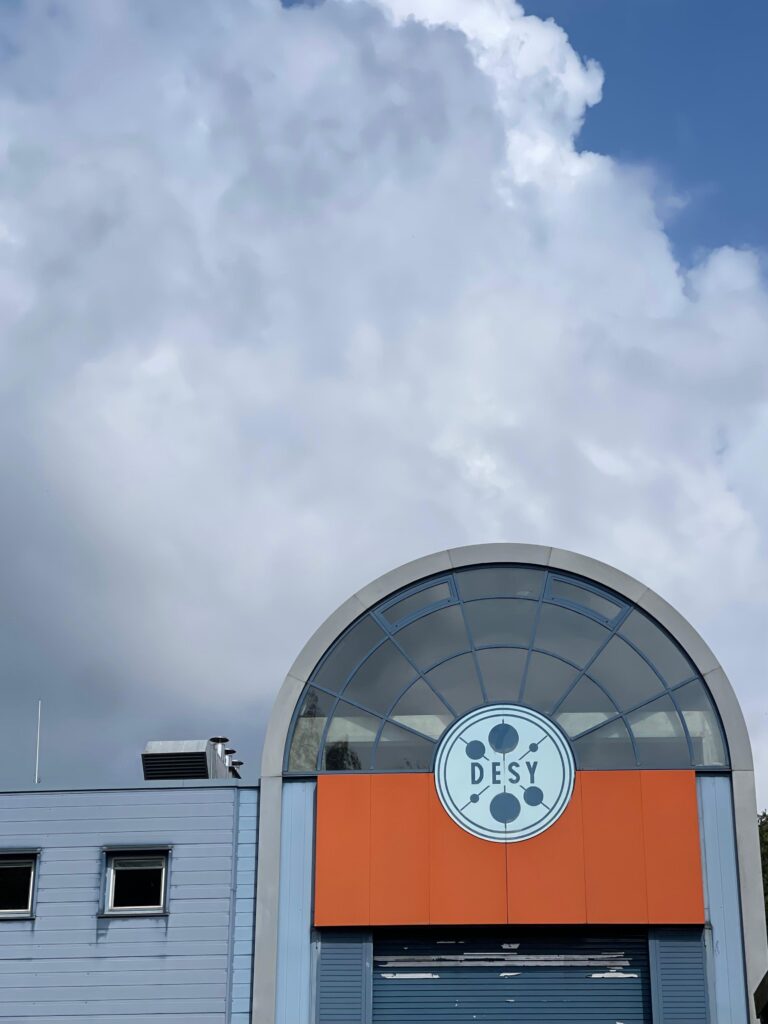
Then HERA – Hadron-Elektron-RingAnlage – a particle accelerator operated from 1992 to 2007. It was the first and only ring to provide longitudinal electron (positron) spin polarisation at high energy. HERA made a major contribution to high energy particle physics and, in particular, to confirming aspects of quantum chromodynamics. The knowledge obtained with this accelerator will be essential for discovering the meaning of data obtained from the large hadron Collider (LHC) at CERN in Geneva.

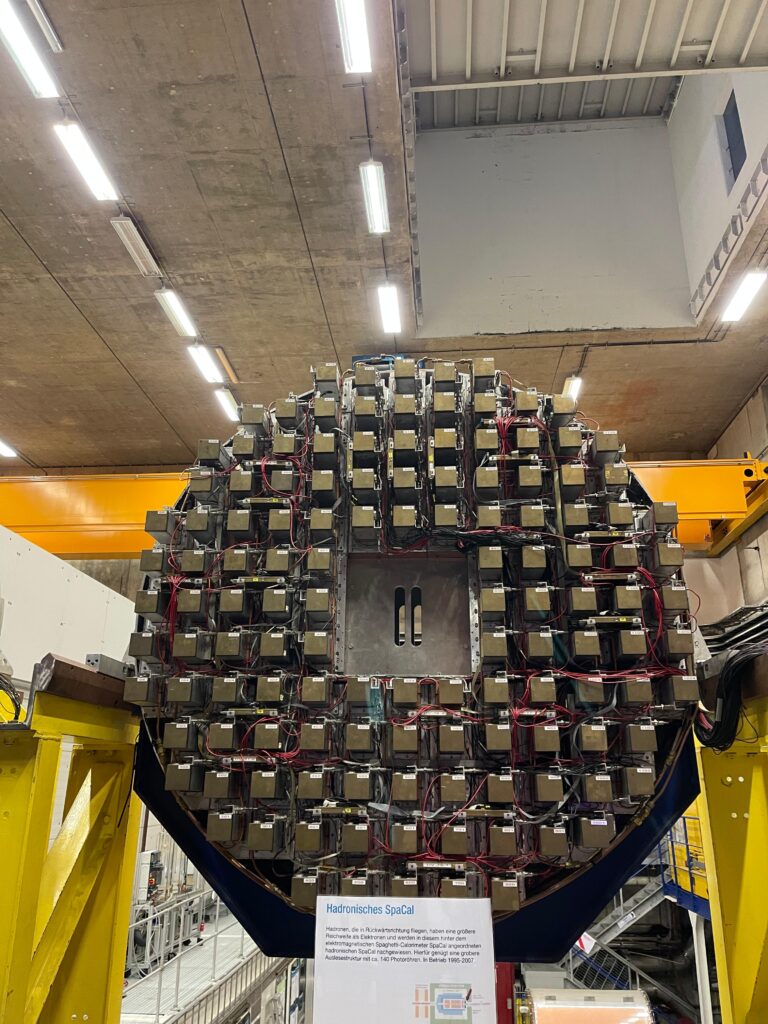

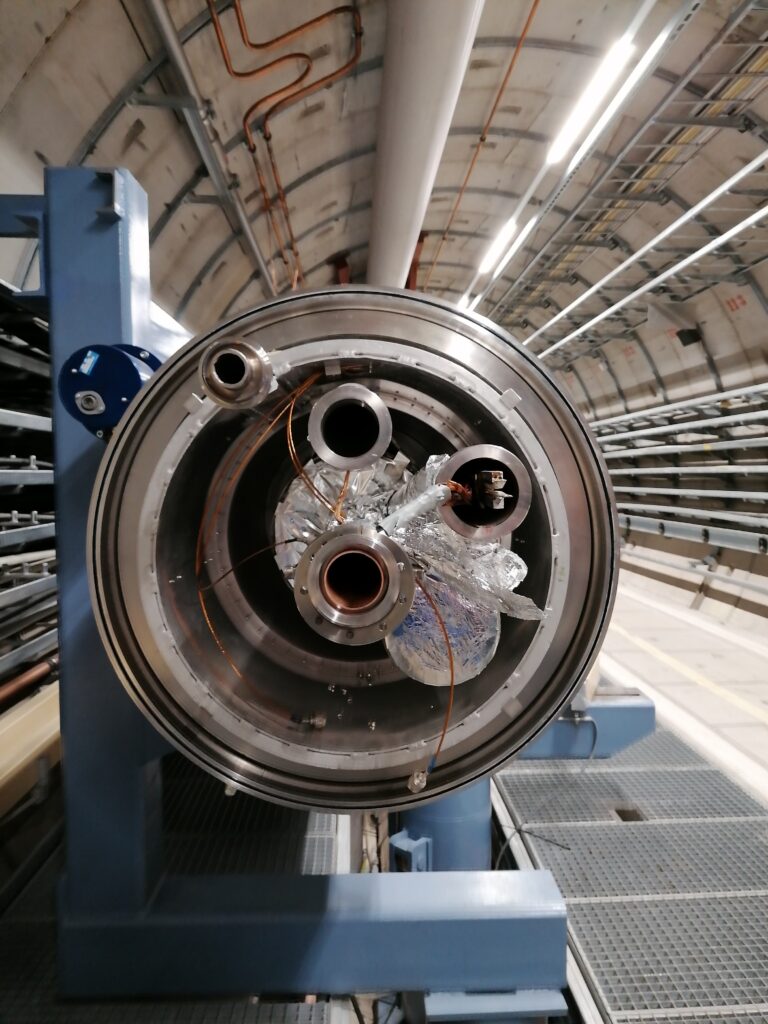
The visit ended at ALPS – Any Light Particle Search – a research group of DESY’s particle physics research division that develops theories including new light particles to describe universe and missing pieces beyond the standard model of particle physics.
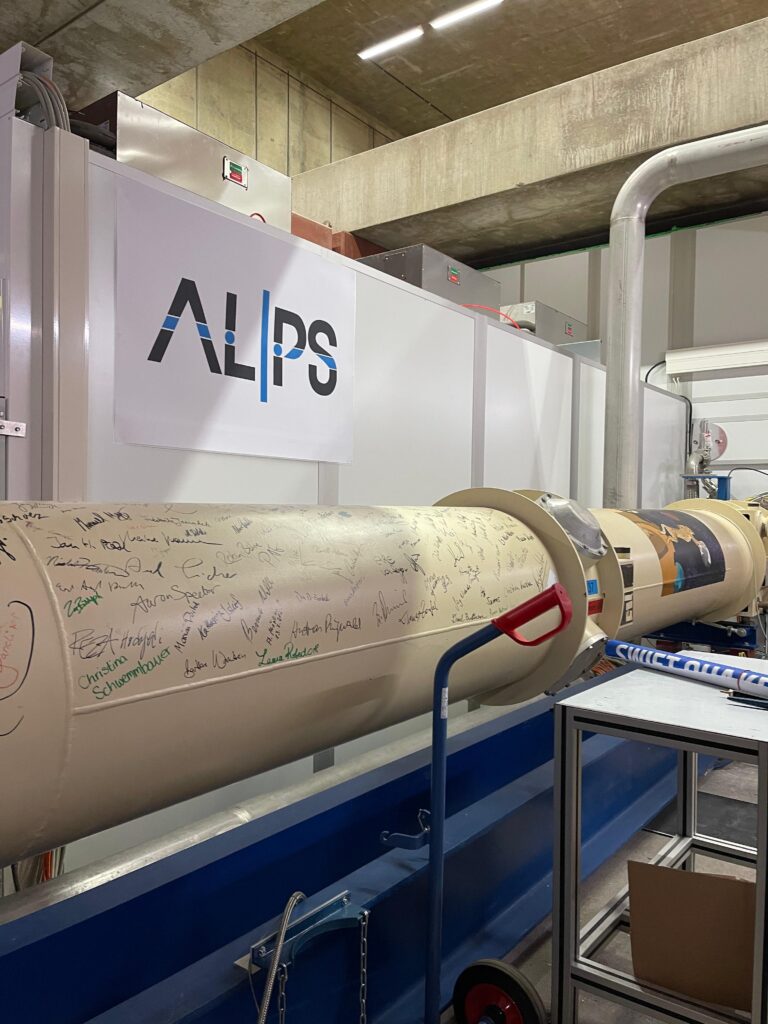
Thanks to DESY for the hospitality and to Ulrich Trunk, Marcel Stanitzki, Doris Eckstein, Katja Krüger,
Moritz Hösch, Alexander Grebentsov, Andi Meier, Lucas Schaper, Aaron Spector, Jonathan Correa and Alessandro Marras for being our guides.


Photos by Riana Shaba, Reham Tariq and Giulio Giamello.